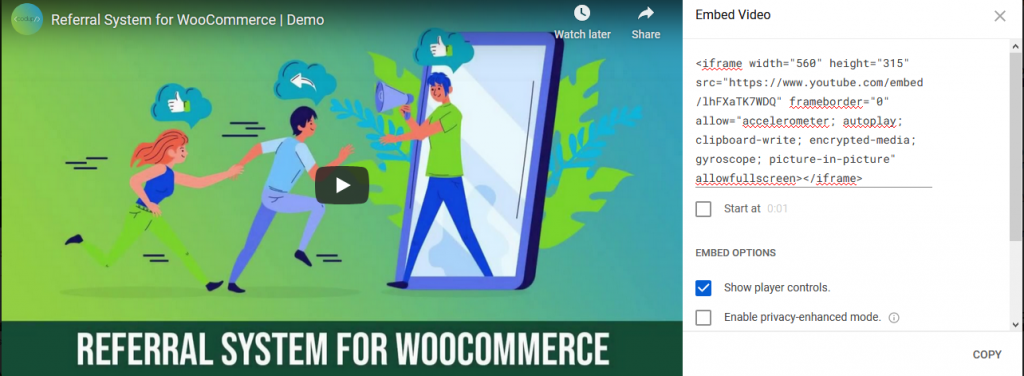
#IFRAME URL HOW TO#
In this article, we’ll show you how to make embedded content responsive using CSS, so that content such as video and calendars resize with the browser’s viewport. One of these is the good ol’ iframe, which you may need to use when embedding content from external sources such as YouTube. In this article, we’ll show you how to make embedded content responsive using CSS.Ī few HTML elements don’t play nice with responsive layouts.

#IFRAME URL CODE#
You can easily adjust the widget to your needs and colours, just paste the new widget code afterwards.A few HTML elements don’t play nice with responsive layouts. Last, add it to your sitemap: Webview url="/static/weatherview.html" height=18 //your height may need to change The code from weather.io goes into the commented section.

Second, go to your conf/html folder, and set up a HTML file called weatherview.html (or whatever name you prefer). There will no doubt be variance in the content but this is something I probably don’t care too much about when using the weather webview in a different location in the sitemap.įor beginners, I want to show a way to set up a pretty weather forecast in the sitemap in 5 minutes, working local and remote in the app:įirst, go to and set up a widget using the instructions, adjust the width of the frame, and click “get code”. In the image below I still have data being pulled from the weather binding (wunderground) being displayed.
:max_bytes(150000):strip_icc()/browser-window-975157976-5bf2b591c9e77c0051cacb0b.jpg)
Perhaps someone with OH1.x can confirm/deny the exact location for this file in that environment.Īdd a webview item in the location you want the iframe to be visible with a format like: Webview url="/static/weatherframe.html" height=18 //your height may need to changeīonus: You can also use this in HabPanel by configuring a Template widget to display the content of the html file without the need to have it save in a file anywhere else.īonus 2: the MeteoBlue (at least) webview populates nicely from my. also. In OH2 you will want to save this file into the conf/html folder.

Take the code block you are given after editing the widget settings and paste it into an html file with the below format: You can easily edit the location in the url later regardless. Note: I found that the MeteoBlue site was auto locating me based on my IP address location, so I needed to alter my location via the location search box at the top of the page. It’s a simple procedure and you’re left with an iFrame output at the bottom of the page. The benefit of an iframe is that there can be a level of interactivity within the frame dynamically loading/modifying content/icons etc.Īs luck would have it, there are a number of providers out there who have some nice looking widgets available and they are easily able to be implemented into a webview item via an html file.įor this example I will show the one I like the best (MeteoBlue) although it’s weather forecast doesn’t align exactly with my local forecasters so my mileage may vary.īegin by visiting MeteoBlue and choosing the type of widget/iFrame that you want to show, then configuring the output as you would like. I’ve been experimenting with iFrames for the Grafana persisted data and thought i’d have a look at options for a nice weather gui as well.


 0 kommentar(er)
0 kommentar(er)
